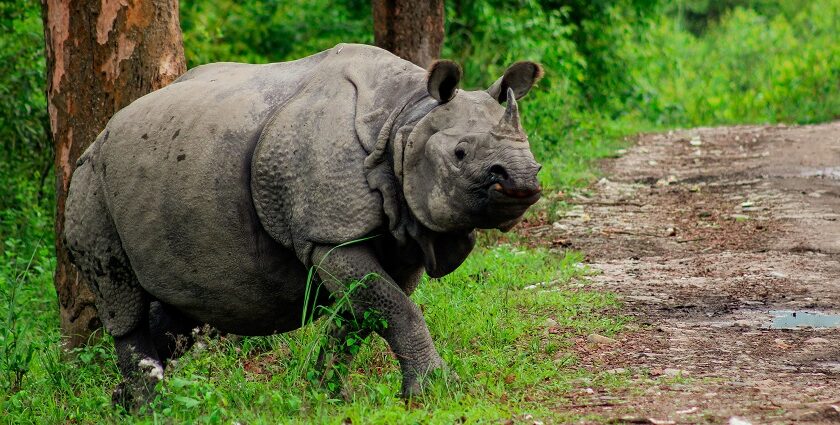In Which State is Kaziranga National Park Located? It is located in Assam, in India’s far northeast. Spread across Golaghat, Nagaon, Sonitpur, and Biswanath districts, Kaziranga is a UNESCO World Heritage Site known for its stunning biodiversity. It shelters the world’s largest population of Indian one-horned rhinoceroses and is also home to tigers, elephants, wild water buffalo, and swamp deer. The park’s landscape is shaped by the mighty Brahmaputra River to the north and the Karbi Anglong Hills to the south, creating a rich mix of floodplains, grasslands, marshes, and forests.
Location And Geographical Setting
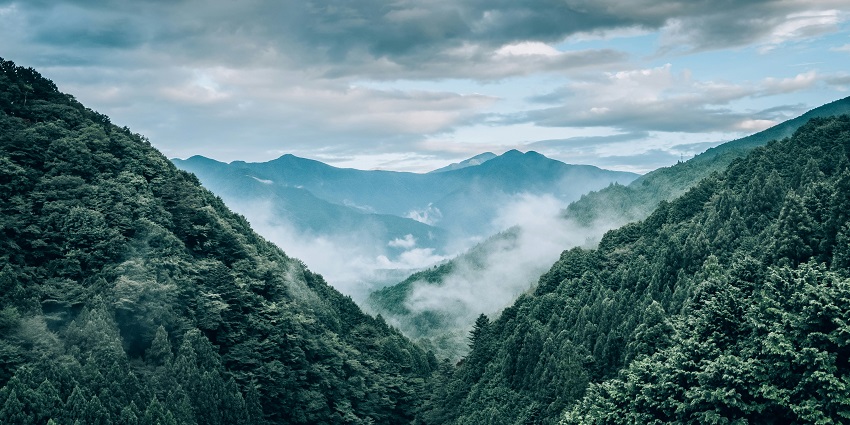
Photo: Hiroshi Kimura / Unsplash / Image For Representation Only
Kaziranga lies in Assam’s Brahmaputra Valley, with the river forming its northern edge and the Karbi Anglong Hills rising to the south. Covering about 430 square kilometres, the park features towering elephant grass, wetlands, and rich wildlife habitats. Stretching 40 kilometres east to west, it narrows north to south. During monsoon season, the Brahmaputra floods the land, enriching the soil but displacing animals. Rangers stay alert, knowing the river nourishes and threatens Kaziranga’s delicate balance in equal measure.
History And Establishment
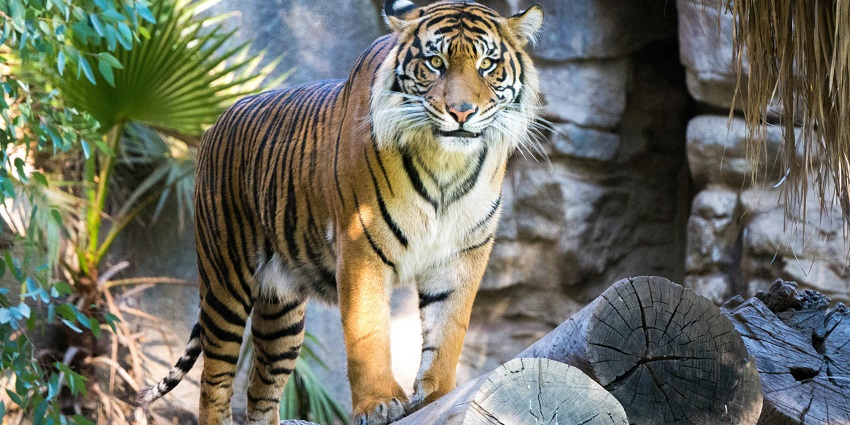
Photo: Rick L / Unsplash / Image For Representation Only
Kaziranga’s story as a sanctuary began in 1905. At the time, rhinos here were dangerously few, their numbers thinned by hunting and shrinking habitat. The land was first declared a reserved forest, and over the decades, its protection grew stronger. In 1974, it became a national park. A little over ten years later, it was recognised by UNESCO for its exceptional wildlife and floodplain ecosystem.
Wildlife And Biodiversity
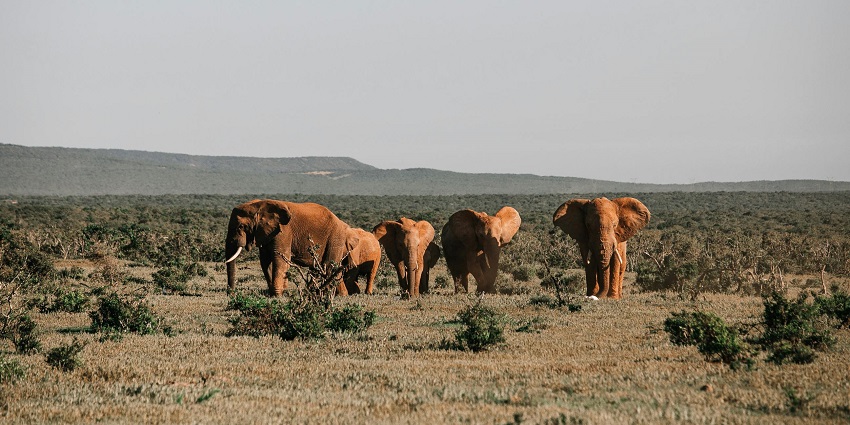
Photo: Rachel Claire / Pexels / Image For Representation Only
Kaziranga is famed for the Indian one-horned rhinoceros, with about two-thirds of the world’s wild population living here. These majestic animals, once nearly extinct, now thrive in the park’s grasslands and wetlands. Kaziranga also hosts Bengal tigers, elephants, wild buffalo, swamp deer, leopards, and rare primates. Birdwatchers flock here to see over 450 species, including migratory storks and vibrant kingfishers. Reptiles like pythons, king cobras, and freshwater turtles add to the biodiversity of this rich and remarkable ecosystem.
Vegetation And Habitats
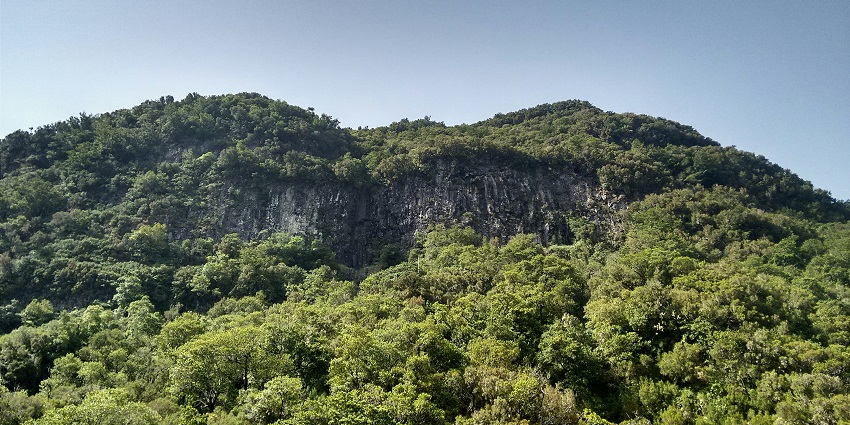
Photo: Tiago Aguiar / Unsplash / Image For Representation Only
Kaziranga’s landscape unfolds in layers. Tall elephant grass waves gently, sheltering rhinos and grazers. On higher ground, dense tropical forests hum with hidden langurs. Marshes and wetlands fill the lowlands, alive with frogs, fish, and herons. Near the Brahmaputra, pale sandbanks stretch wide until the monsoon floods reshape them. These seasonal waters don’t just alter the terrain; they renew it, making the park a living, ever-changing mosaic of habitats, each rich with life and unexpected beauty at every turn.
Activities
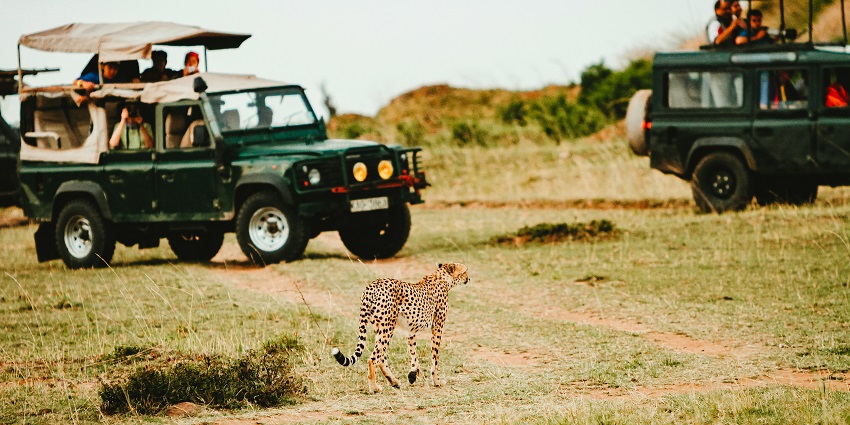
Photo: Lee Bernd / Unsplash / Image For Representation Only
Jeep safaris, elephant rides, birdwatching, and guided walks give visitors different ways to see the park. Each brings its perspective. From the quiet focus of a bird hide to the sweeping views from a safari track.
How To Reach

Photo: Rocker Sta / Unsplash / Image For Representation Only
Kaziranga National Park is accessible by air, rail, and road, making travel convenient from major cities across Assam.
By Train: The nearest railway station to Kaziranga is Furkating, about 75 km away. From there, taxis or buses can take you to the park.
By Road: Kaziranga is well-connected by road to major towns in Assam like Jorhat, Tezpur, and Guwahati. Regular buses and private vehicles make the journey easy and scenic.
By Air: The closest airport is Lokpriya Gopinath Bordoloi International Airport in Guwahati, around 200 km from Kaziranga. From the airport, you can hire a taxi or take a bus to reach the park.
Cultural And Ecological Significance
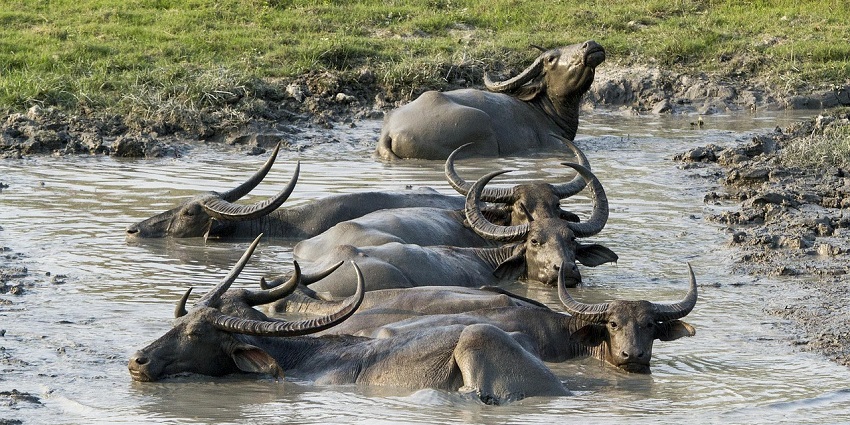
For people in Assam, Kaziranga isn’t just a protected space; it’s woven into daily life. Local songs and stories speak of its rivers and grasslands. Crafts sometimes carry rhino motifs or patterns inspired by wetland birds. On the ecological side, it’s a cornerstone of the Brahmaputra floodplain’s survival. Without it, some species here might already be gone. Protecting Kaziranga means keeping the land, water, and wildlife in balance. It’s a reminder that when nature thrives, so do we.
Kaziranga National Park, located in Assam near the Karbi Anglong Hills and Brahmaputra River, shelters Indian one-horned rhinoceroses, tigers, elephants, wild buffalo, and many birds. Its unique wetlands, forests, and grasslands form an unmatched ecosystem. Despite threats from poachers, floods, and border conflicts, strong efforts protect it. Experience its beauty by walking trails, watching rhinos, or enjoying the marshes at dusk. Plan your visit today with TripXL!
Cover Photo: Omkar Rane / Unsplash


 WhatsApp
WhatsApp
 Twitter
Twitter
